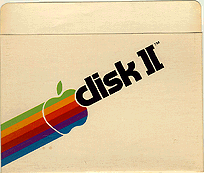While I generally loath exchange as a mail server and have successfully avoided it since Exchange 5.5 on NT4 I’ve been handed the Hosted Exchange build out project at my new job. Exchange 2003 is actually not as bad as I thought it would be, it has some decent features (OWA) and is well integrated into Active Directory (if you’re into that sort of thing). I’m not a fan of the Single Instance Message Store (a massive proprietary binary database that stores all the Exchange data). Having to restore a 30GB file on a standalone exchange server to recover a single mailbox does not sound like a lot of fun.
Hosted Exchange on the other hand is a completely different kettle of fish; it’s quite complex and largely undocumented which makes building a production Hosted Exchange environment almost impossible without 3rd party consultants ($$). I’ve also found that its quite buggy and very easy to break which makes me cringe when I think about supporting it. Plus with the closed source nature of Exchange and it’s Single Instance Message Store you really need to spend a lot of money to build a proper Exchange environment with redundancy and a good backup/disaster recovery plan.
Also, I’m quite shocked that Microsoft didn’t include a working, feature-rich user control panel with it. The customer is stuck either writing their own or shelling out big bucks for something from a 3rd party. The sample control panel that ships with exchange is pretty sad, from a user perspective the only options it provides are updating your AD information (name, department etc) and change your password (completely broken).
And lastly, when are they going to port outlook to the mac platform or build MAPI support into entourage?? The only people that can use the extra exchange functionality are running Windows XP SP2 and Outlook 2003. Anyone with anything different is out of luck! I could build a killer mail system that was completely redundant, screaming fast and able to support 5-10 times the amount of clients on the same hardware using open source software for FREE!
That’s my rant for now, hopefully my experience with hosted exchange will improve (or we hire someone else to wear that hat so I don’t have to care about it anymore).

